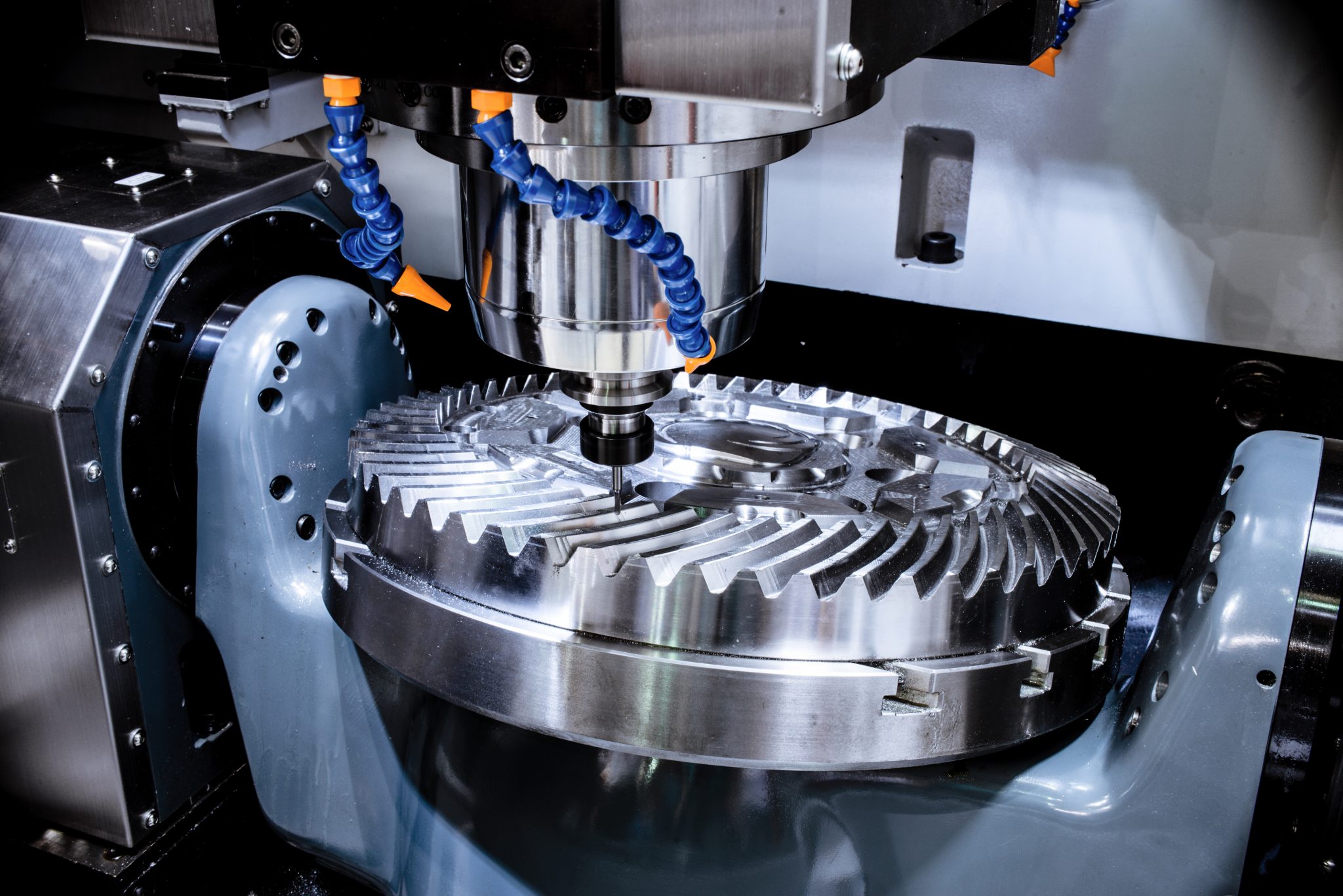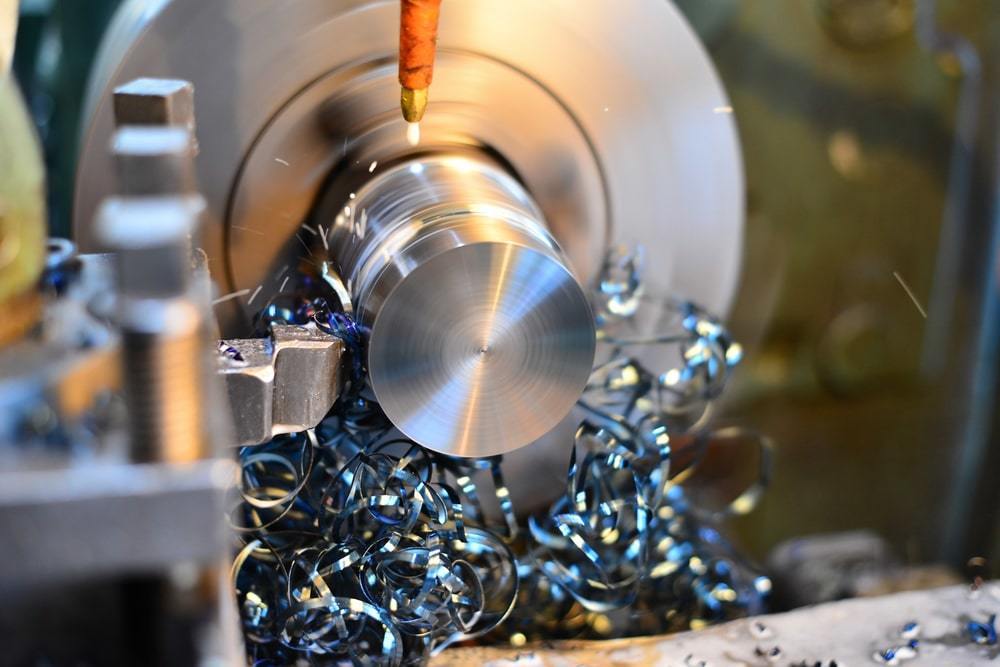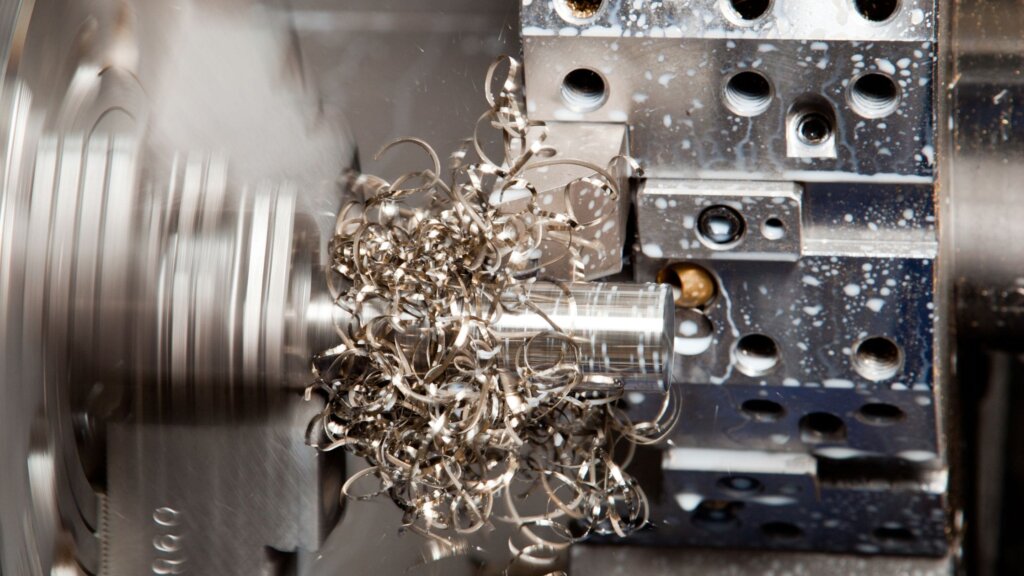The Function of Fasteners and Machining in High-Quality Product Layout
The Function of Fasteners and Machining in High-Quality Product Layout
Blog Article
Unveiling the Details of Bolts and Machining Procedures for Ideal Efficiency
In the realm of design and manufacturing, the option of fasteners and the ins and outs of machining processes play a critical function in determining the best performance and resilience of a product. From the apparently uncomplicated job of picking the best kind of fastener to the complex precision machining strategies used, every action in this process needs meticulous focus to information. As we embark on this expedition into the world of bolts and machining, we will uncover the refined yet crucial variables that can dramatically influence the effectiveness and top quality of the end product, clarifying the usually forgotten aspects that can make all the distinction in achieving optimum efficiency.

Significance of Appropriate Fastener Choice
Choosing the proper bolts is important in guaranteeing the architectural stability and durability of any mechanical setting up. Fasteners play a fundamental duty in holding parts with each other safely, with the best choice adding substantially to the overall efficiency and integrity of the setting up. When selecting fasteners, elements such as product compatibility, environmental conditions, load-bearing ability, and ease of installment need to be meticulously considered to guarantee ideal efficiency.
Inappropriate bolt selection can bring about a variety of issues, including helping to loosen, corrosion, and also structural failing. Making use of bolts that are not matched to the specific demands of the assembly can endanger its performance and pose safety and security dangers. Consequently, designers and designers have to thoroughly assess the application needs and pick bolts that satisfy or go beyond the necessary requirements and specifications.
Furthermore, the correct bolt choice process entails examining the joint layout, prepared for lots, vibration degrees, and prospective thermal development or contraction to make sure that the picked fasteners can hold up against the operating conditions efficiently. By prioritizing proper bolt selection, makers can boost the high quality, durability, and performance of their mechanical assemblies.
Kinds and Attributes of Bolts
A necessary aspect of mechanical settings up lies in understanding the varied types and distinct attributes of fasteners utilized in different industrial applications. Bolts are important parts that hold frameworks together, ensuring security and performance. There is a wide variety of bolts readily available, each created for details objectives based upon the application demands. Usual kinds of fasteners include screws, screws, nuts, pins, washing machines, and rivets.
Screws are threaded fasteners that are typically utilized to join two or more components together. Nuts are internally threaded fasteners that mate with screws to hold components with each other. Washers are slim plates that distribute the load of a fastener, preventing damages to the product being fastened.
Recognizing the features of each sort of fastener is necessary for picking the best one for a particular application, ensuring ideal efficiency and read here dependability of the mechanical setting up. Fasteners and Machining.
Precision Machining Techniques for Effectiveness
The complex design needs of different bolts necessitate employing accuracy machining techniques for ideal efficiency in making procedures. Accuracy machining is important in guaranteeing that fasteners satisfy the specific specs needed for their intended application. One of the primary methods used in precision machining is Computer Numerical Control (CNC) machining, which makes it possible for high degrees of accuracy and repeatability in the production of bolts. CNC makers are capable of doing complex cuts and shaping operations with minimal human intervention, causing raised effectiveness and consistency in the manufacturing procedure.
By using accuracy machining methods, makers can boost the top quality of bolts, reduce material waste, and enhance general production performance. The usage of innovative machining procedures helps ensure that bolts meet industry requirements and consumer assumptions for performance and reliability.

Aspects Influencing Machining Refine Efficiency
Different variables play a considerable role in identifying the efficiency of machining procedures in the production of bolts. The very first critical aspect is the selection of cutting devices. Choosing the ideal tools based on the product being machined, preferred finish, and reducing rates can significantly affect the efficiency and high quality of the machining procedure. In addition, the reducing parameters such as cutting speed, feed price, and depth of cut are crucial variables that affect efficiency. Fasteners and Machining. Optimizing these specifications based on the particular needs of the fastener being generated is crucial to achieving specific and economical machining.
Maker rigidness and security also play a crucial role in figuring out machining process performance. An experienced operator can make real-time modifications, troubleshoot concerns effectively, and guarantee that the machining process runs efficiently, ultimately impacting the final high quality of the bolt.

Top Quality Control Measures in Production
Aspects affecting machining process efficiency, such as cutting device choice and device stability, directly influence the implementation of high quality their website control actions in manufacturing. Quality assurance steps are necessary in making certain that products meet the required requirements and requirements. In the production process, different techniques are utilized to maintain top quality criteria. Examination and screening play an essential role in recognizing any type of inconsistencies from the wanted end result. Normal maintenance of machining Look At This devices is also vital to promote quality assurance. Calibration of machines and devices is required to ensure exact and specific manufacturing procedures. Additionally, carrying out standardized operating procedures and methods can assist in maintaining uniformity and quality throughout the production line. Quality assurance determines not just concentrate on completion product but likewise on every stage of the production process to avoid errors and problems. By sticking to stringent quality control measures, producers can improve consumer contentment, build an online reputation for dependability, and ultimately accomplish optimum performance in their machining procedures.
Conclusion
In conclusion, choosing the best fasteners and utilizing accuracy machining techniques are vital for optimum efficiency in making procedures. Comprehending the types and features of fasteners, along with variables affecting machining process performance, can cause improved effectiveness and top quality control steps. By taking note of these details, producers can achieve higher degrees of performance and dependability in their items.
In the world of design and production, the choice of bolts and the complexities of machining processes play a pivotal role in determining the best performance and durability of an item (Fasteners and Machining). One of the key strategies used in precision machining is Computer system Numerical Control (CNC) machining, which allows high degrees of precision and repeatability in the manufacturing of bolts. The usage of innovative machining processes aids guarantee that bolts satisfy industry criteria and consumer assumptions for efficiency and integrity
In final thought, picking the ideal fasteners and making use of precision machining methods are necessary for optimum efficiency in producing processes. Comprehending the kinds and characteristics of fasteners, along with elements influencing machining procedure performance, can lead to boosted performance and high quality control actions.
Report this page